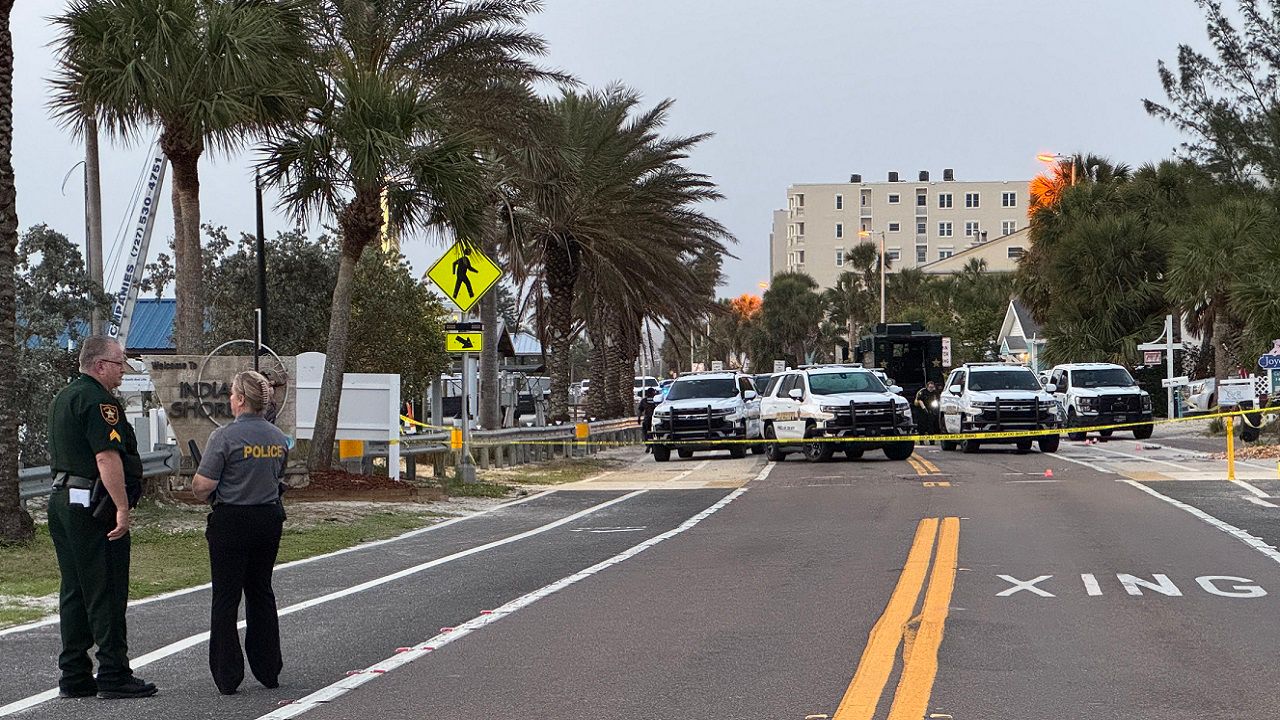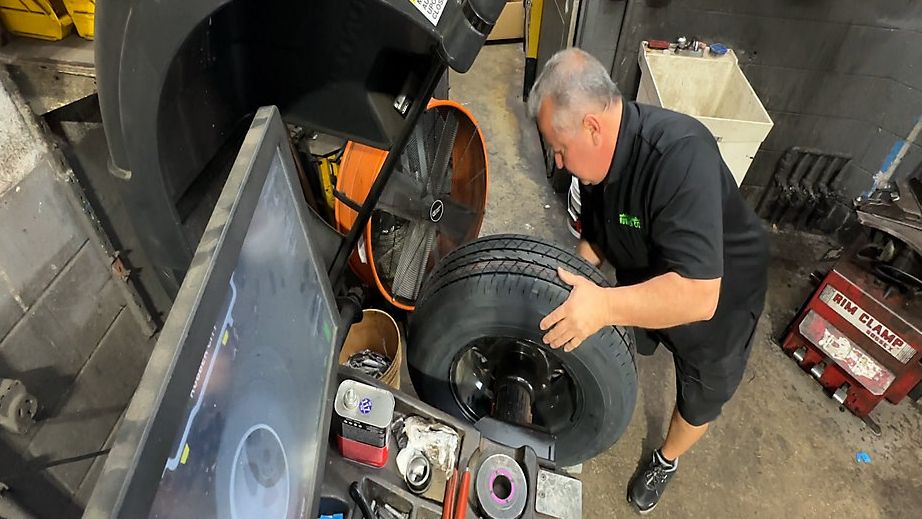SOUTH PASADENA, Fla. — During severe weather events, such as hurricanes, it is common for evacuations to take place.
What You Need To Know
- HCA Florida Pasadena Hospital's preparation for storm season is a significant undertaking, especially since the hospital is in a flood zone
- The facility on Monday tested backup emergency equipment and made preparations for the upcoming storm season
- In September 2022, around 40 patients were transported via flight ahead of Hurricane Ian
However, for HCA Florida Pasadena Hospital, the preparation for such events is a significant undertaking, especially since the hospital is in a flood zone.
Bryan Scanlon is the Director of Facilities Management at the hospital. He toured the facility as they tested their backup emergency equipment and made preparations for the upcoming storm season.
“The biggest fear for us is obviously wind and water,” said Scanlon. “Flood is our biggest vulnerability here.”
Scanlon says the hospital’s biggest threat during a hurricane is a tidal surge and high winds because of its proximity to the bay and Gulf of Mexico.
“These are tie-downs for everything we have on the roof,” said Scanlon. “I serve responsibility to ensure that we protect the building as much as possible, so we are available for the community after the storm.”
That responsibility includes waiting out the storm at the hospital, which Scanlon did during Hurricane Ian last year.
Throughout his 23-year career, Scanlon says he's had to stay behind at least five times.
He said planning for storm season is a collaborative effort between the hospital, city, county, emergency management services, and other medical facilities that may have to evacuate.
“We can plan and drill which we do often. The what-ifs are how fast we react to things," Scanlon said. "Fortunately, we are very planned and structured so we have those what-ifs in scenarios. We also do hot washes after drills to see what our vulnerabilities are."
Another major concern is ensuring patient care is steady during a storm.
In September 2022, the hospital suspended services ahead of Hurricane Ian.
Patients had the option to be discharged and wait out the storm at home. But for the most critical and less mobile patients, plans were put in place to transport and airlift them to nearby hospitals.
Five helicopters were used during the evacuation.
Pilot Chip Morris said at the time the flights were the most effective and best way to ensure patients got consistent care when a storm passes through the area.
“We can get them to where they need to go a lot quicker and so we have a nurse and a medic, so the level of care is very high,” said Morris.
Around 40 patients were transported via flight ahead of Ian. A hotline was also set up so that families could get updates on their loved ones.
Scanlon emphasizes that the period after a storm has passed is crucial for restoring the hospital’s operations.
“The emergency power runs off of two generators,” he said.
To ensure the functioning of life-saving equipment, several generators are present on the second floor and kept away from flood-prone areas.
“We can be back up and running as soon as we have water mitigation,” said Scanlon. “We have about 7,000 gallons of fuel. That gives us easily 72 hours of emergency power until we can refuel or get another generator.”
The severity of the storm will determine the community’s needs.
“We have a lot of medication, we have a lot of expensive equipment, so securing the building is critical,” said Scanlon. “We want to make sure we have those resources for the community when we open back up.”









